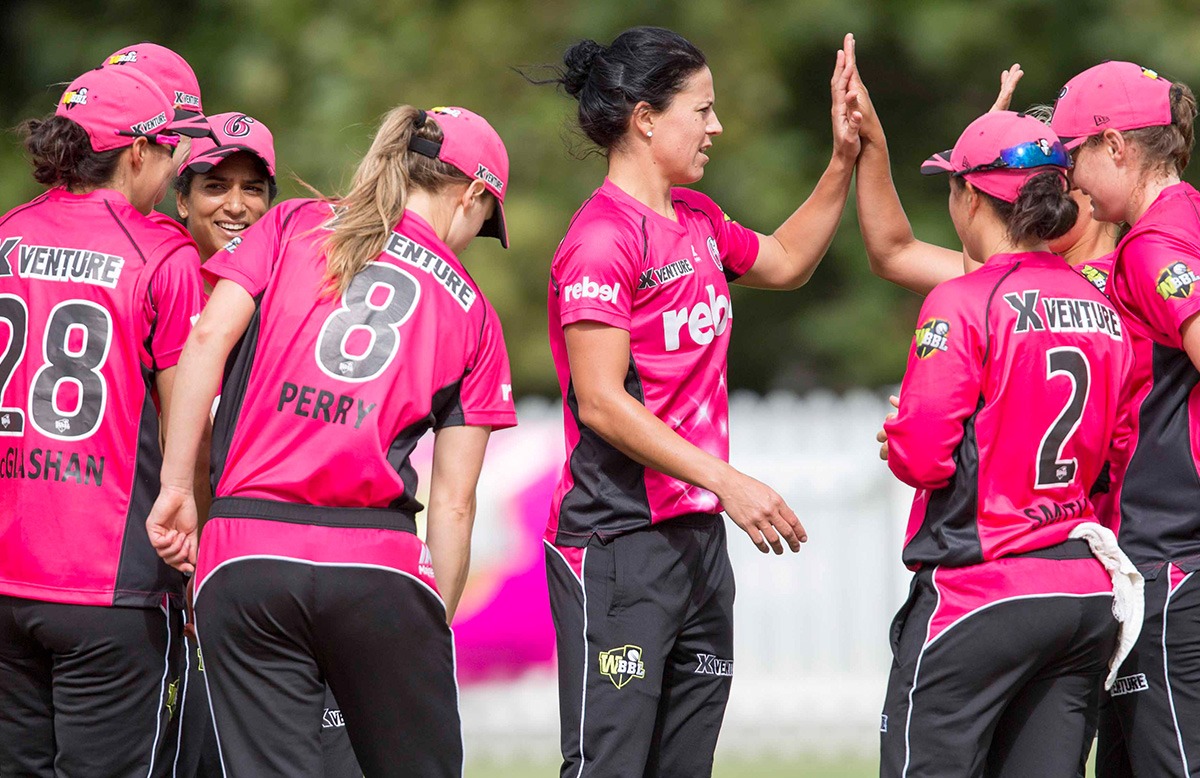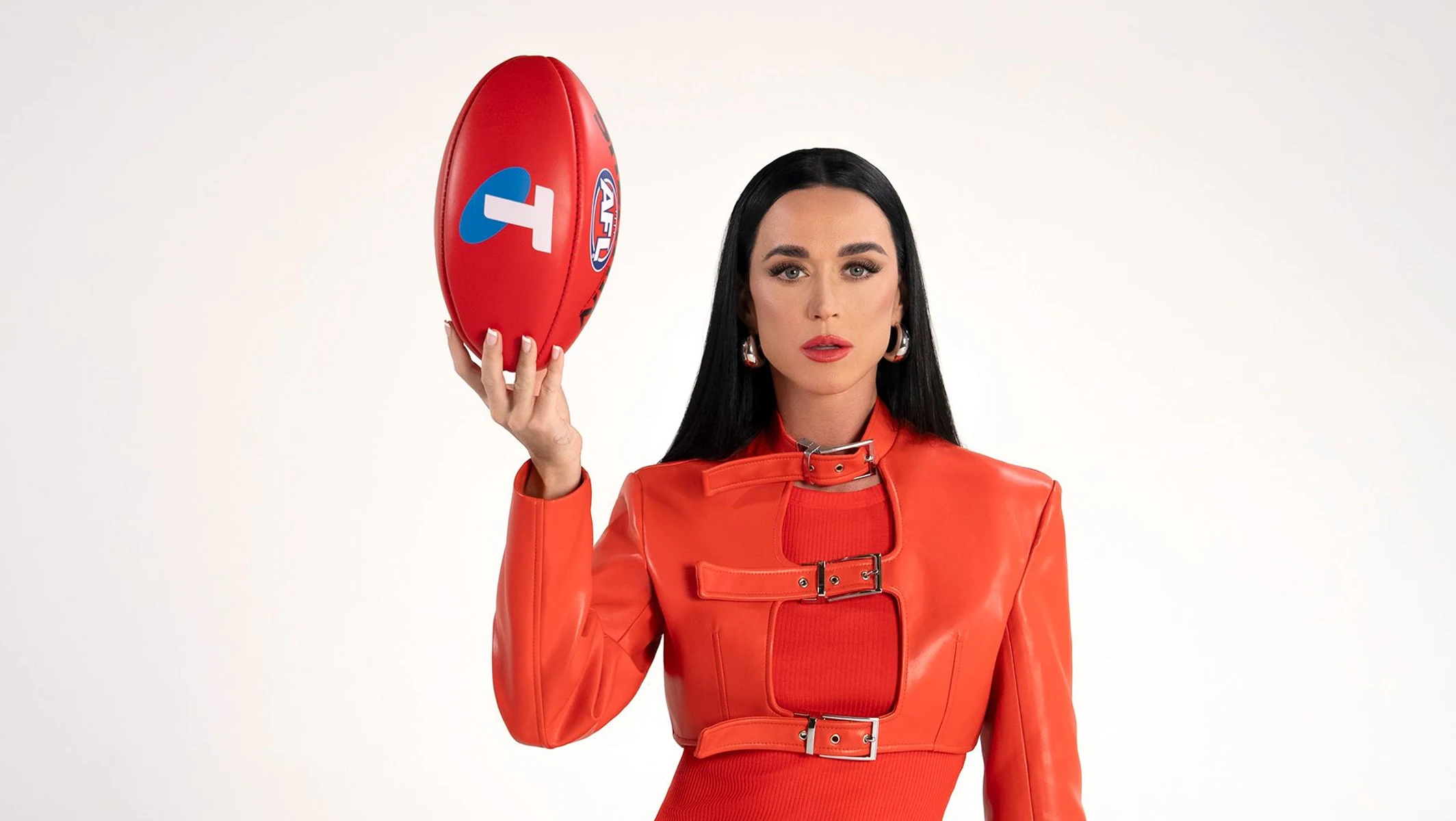Girl Power: Measuring The Rise Of Women’s Sport In Australia

Nielsen, an information, data and measurement company, says TV viewership and attendance shouldn’t be the only yardstick used to ‘value’ women’s sport, instead, their research suggests women’s sport has broader engagement, influence and value.
Today, the ‘value’ of a sport is primarily based on TV viewership and attendance and for women’s sport, it is widely assumed that ‘the attendance and viewing is just not there.’
Top-level traditional metrics do not favour women’s sports: women’s sport makes up just 10% of live sports broadcasts, and with a unique broadcast reach across the keys sports of 5 million people it represents just 36% of the audience of men’s sport (13.8 million).
Within the last five years, five professional women’s sports leagues have been created and with interest in women’s leagues more prominent when a free-to-air broadcasting strategy has been developed, it’s inevitable that both brands and rights holders have questions about audience, engagement, opportunities and return-on-investment when one isn’t in place.
With Facebook, the most popular social media channel to follow women’s sport (87%), followed by YouTube (56%) and Instagram (43%), Monique Perry, Managing Director of Media & Sports at Nielsen, says Overcoming barriers to engagement is key.
“One-in-two (48%) people say they would watch more women’s sport if it was accessible on free-to-air TV or free online,” she said.
“The Rebel Women’s Big Bash (WBBL) and the Women’s Australian Rules Football league (AFLW), for example, have attracted large audiences, stand-alone sponsorships and broadcast revenue.
“The WBBL, a Twenty20 competition, has proved a remarkable success, attracting an early free-to-air partner in Network Ten and title sponsorship from sports retailer, Rebel.
“In December last year, Rebel renewed its deal for a further three years while in April, Seven acquired the rights to broadcast 23 WBBL games per season for the next six years,” Perry said.
Australians’ interest in women’s cricket now stands at 43%.
Meanwhile, the AFLW’s inaugural season in 2017 consisted largely of free entry, while the broadcast strategy revolved around coverage in local markets on the Seven network – mainly the free-to-air digital service 7mate – with further national coverage provided by Fox.
41% of Australians are now interested in women’s Aussie rules.
And let’s not forget Suncorp Super Netball which draws larger audiences across the season than any other women’s code and has the largest share of female viewers.
Kayla Ramsical, senior account manager at Nielsen, says women’s sport has an intangible association value.
“Around eight-in-ten (78%) female sports fans say it is important for sponsors to support women’s sport and 74% say companies involved in sponsoring sport gain appeal with the audience,” she said.
“We have already seen a shift in partnerships across women’s sport.
“Existing brand sponsors are expanding their portfolios or switching completely from men’s sport to women’s.
“While brands that are new to sponsorship, including Harris Scarfe and Priceline Pharmacy, are coming in at a lower level – often as club sponsors.”
Nielsen’s research finds wider societal issues around diversity and equality are also a contributing factor in women’s sports investment decisions, but those brands who choose to invest, receive positive sentiments from fans as female athletes are seen as inspirational, considered role models and positive advocates of healthy body image.

The rate of change in women’s sport is one of the most exciting trends in the sports industry right now.
Although Nielsen is committed to integrating women’s sport into its current platforms for more accurate and comparable measurement of key metrics, the company admits it requires industry collaboration and the development of new inputs, including digital, social, net promoter scores and growth indices to provide a more complete picture.
Making sense of what the future holds for women’s sport and the opportunities attached to it is fundamental.
For rights holders, brands and the media, women’s sport represents a chance to develop a new commercial proposition and engage fans in a different way.
Source: Nielsen
It's free to join the team!
Join the most engaged community in the Sports Business World.
Get all the latest news, insights, data, education and event updates.




